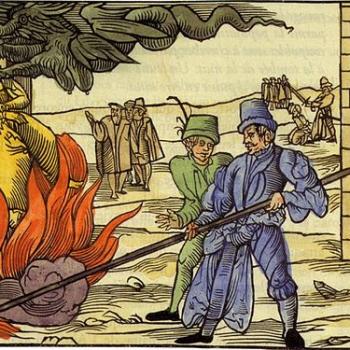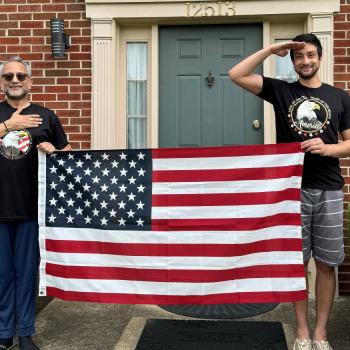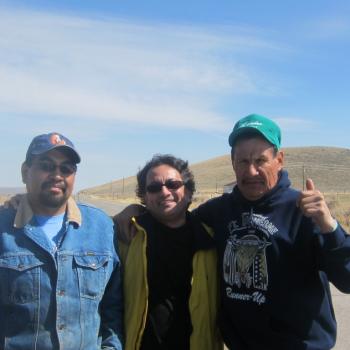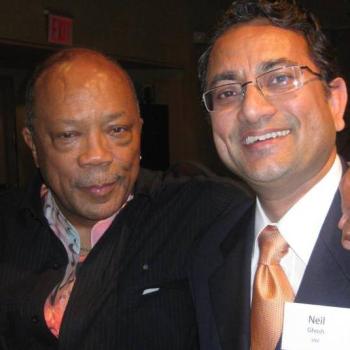
The closest I came to Pope Francis was during my visit to Plaza de Mayo in Buenos Aires in 2024. I also see echoes of Mother Teresa—whom I had the privilege of meeting in 1996—in the life and legacy of Pope Francis.
As a non-Catholic, I have long admired his unwavering focus on helping the poor, promoting interfaith dialogue, and amplifying the voices of the Global South. Both Mother Teresa and Pope Francis belonged to religious orders and were utterly devoted to the marginalized—bringing those on the fringes into the heart of public consciousness.
Social and Economic Justice
Many believe that Pope Francis’ experiences in Buenos Aires—and specifically in places like Plaza de Mayo—profoundly shaped the priorities of his papacy.
Perhaps his greatest legacy will be his bold engagement with social and economic justice, especially across the Global South. He consistently urged grassroots activists to bridge the growing divide between rich and poor, while challenging wealthier nations to take greater responsibility for protecting the environment.
Humility and Unity
Pope Francis also made interreligious understanding a central pillar of his leadership—reaching out meaningfully to Jewish, Muslim, and Hindu communities. He visited the Western Wall in Jerusalem, condemned antisemitism, and repeatedly affirmed that Islam, like Christianity, is a religion of peace. His symbolic act of washing the feet of Muslims on Holy Thursday and his visits to nine Muslim-majority countries were powerful gestures of humility and unity.

Like Mother Teresa, Pope Francis understood the power of small, personal gestures in a world increasingly overwhelmed by abstraction and digital noise. His legacy is not only shaped by major encyclicals or sweeping institutional reforms, but also by moments of quiet witness—embracing the disabled, kissing the feet of migrants, and dining with the homeless. These acts, like Mother Teresa’s touch in a Calcutta corridor or a stranger picking up trash in a Maryland parking lot, carried a spiritual charge far beyond their simplicity. They were reminders of our shared humanity and of the sacredness present in the most overlooked places.
Francis of Assisi and Mother Teresa
In an age where leadership is too often measured by rhetoric or spectacle, Francis embodied a different kind of authority—one grounded in humility and
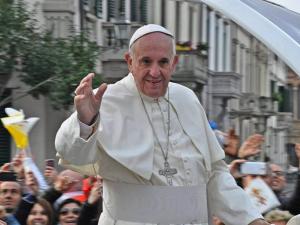
proximity. He was willing to be present, to listen, and to kneel when the world expected him to pontificate. That posture of service echoed the example set by the saints he admired most—particularly Francis of Assisi and Mother Teresa. And it offered the world a model of power not as domination, but as accompaniment.
Perhaps that’s why so many people of different faiths—and of no faith at all—found in Pope Francis a kind of spiritual resonance. His legacy invites us to reimagine influence as something measured not only by policies enacted but by lives touched. In that way, he continued the tradition of saints who understood that history often turns not on grand speeches, but on grace-filled encounters: a hand held, a word spoken, a gesture made in love.
Walking the Path of Compassion
In remembering Pope Francis, we are reminded to keep offering such gestures ourselves—not to change the world all at once, but to live as if each small act contains the potential to resurrect hope.
On internal reforms, he bypassed many prominent conservative bishops appointed by Pope Benedict XVI, instead elevating leaders from places like Tonga and Laos—shifting the Church’s center of gravity toward often-overlooked regions. By the end of his papacy, Pope Francis had appointed about two-thirds of the cardinal electors—those who will choose his successor.
Let us hope the next Pope will continue walking the path of compassion, inclusion, and justice that Francis so courageously forged.





